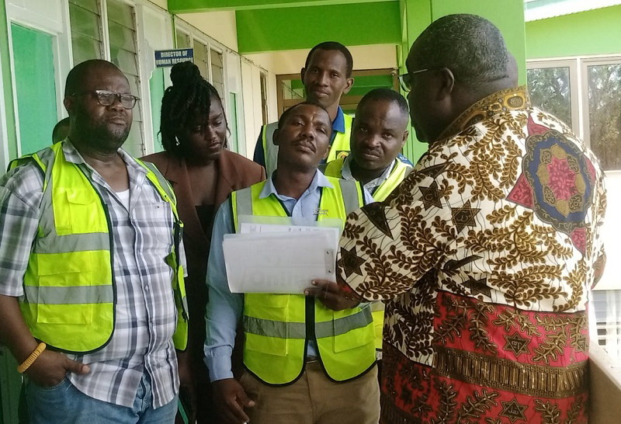Ghana’s energy sector has been a hot topic recently, with power outages causing frustration and discomfort for many citizens.
But have you ever stopped to wonder what exactly is going on behind the scenes to cause this situation?
Let’s break it down. The Government of Ghana owns key players in the energy sector – GNGC, VRA, ECG, and GRIDCO. VRA and GNGC serve as wholesalers of energy products, while Gridco handles the transportation. ECG, on the other hand, is responsible for retailing energy products to consumers. However, despite their different roles, they are all ultimately controlled by the government.
The complex web of debts and payments within these entities is causing a ripple effect in the energy sector. GNGC, for instance, owes the government a billion dollars borrowed from the Chinese, while VRA owes GNGC nearly $400 million. This inability to pay debts is leading to a cycle of unpaid bills and rising costs.
To make matters worse, ECG is also struggling to pay VRA for the power it receives, as it is owed nearly $1 billion by consumers who are unable to settle their bills. The government, in turn, owes ECG $600 million in various subsidies, further exacerbating the financial strain on the energy sector.
In a bid to address the mounting debts and power shortages, the government has resorted to borrowing billions of dollars to inject into the sector. However, this short-term solution is only adding to the long-term financial burden faced by these entities.
Despite the challenges faced by the energy sector, the government remains optimistic about attracting foreign investors to the industry.
The hope is that with the infusion of capital and restructuring of debts, Ghana’s energy sector will become more attractive for potential investors.

